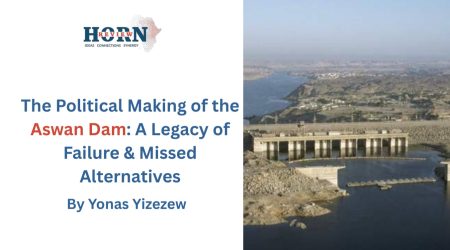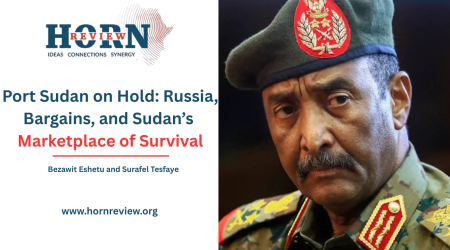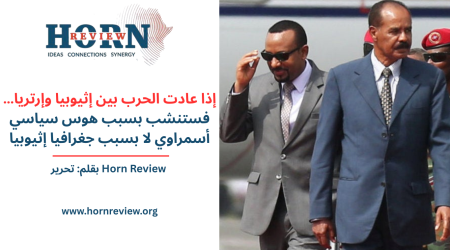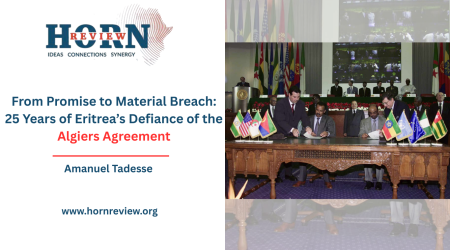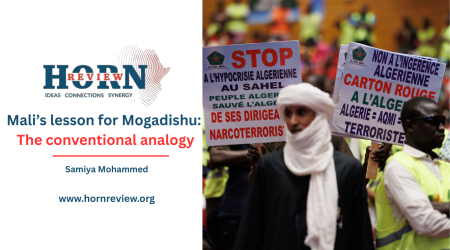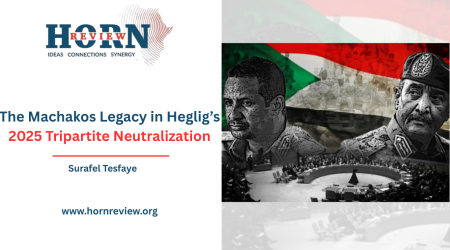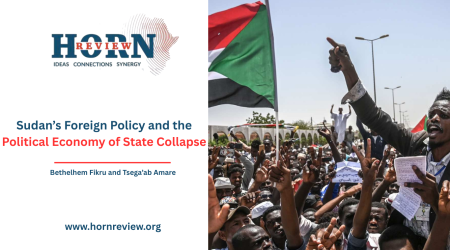
12
Apr
A Legacy of Loss & the Promise of Renewal: Reflections on Rwanda Genocide & Africa’s Path Forward
In the spring of 1994, Rwanda bore witness to one of the most catastrophic moral failures of the twentieth century. In a span of merely 100 days, an estimated 800,000 men, women, and children, primarily from the Tutsi minority, alongside moderate Hutus, were systematically slaughtered in an orchestrated campaign of genocide.
This horrific episode stands not only as a testament to the destructive power of ethnic hatred but also as a reminder of the consequences of global inertia in the face of atrocity. Yet, from the ashes of unspeakable violence emerged a remarkable, if imperfect, national endeavor to reconcile, rebuild, and redefine.
The origins of the genocide were not spontaneous, but the culmination of deep-rooted ethnic tensions, artificially constructed and aggravated by colonial administrations. Belgian rule codified ethnic hierarchies, institutionalizing division between Hutu and Tutsi communities. Post-independence Rwanda inherited this fractured legacy, which eventually spiraled into civil unrest. The immediate trigger, however, was the downing of President Juvénal Habyarimana’s plane on April 6, 1994, an event that became the pretext for an already-prepared campaign of extermination.
Hutu extremists, capitalizing on years of indoctrinated resentment, deployed militias, most infamously the Interahamwe, to carry out the slaughter. Armed with rudimentary weapons and emboldened by extremist propaganda disseminated through radio broadcasts, perpetrators turned neighbors into enemies. Rape was weaponized, roadblocks became execution sites, and the social fabric of the nation unraveled with chilling speed and precision. The genocide was not only a crime against the Tutsi people, but a failure of humanity at large.
Despite explicit early warnings and appeals for international assistance, the global response was woefully inadequate. The United Nations Assistance Mission for Rwanda (UNAMIR), led by General Roméo Dallaire, operated under an untenably narrow mandate and chronic shortages in manpower and resources. Major powers stood aside. The United States, still reeling from the 1993 debacle in Somalia, refrained from engaging. France’s controversial Operation Turquoise, ostensibly a humanitarian mission, has been heavily criticized for inadvertently enabling the escape of génocidaires and prolonging the violence. These episodes underscore the dismal calculus by which political self-interest eclipses moral responsibility.
In the wake of such devastation, Rwanda undertook an ambitious project of reconstruction, not merely infrastructural, but social and moral. The government, under the leadership of the Rwandan Patriotic Front, adopted a policy of national unity, eschewing ethnic identifiers in favor of a unified Rwandan identity. This policy, though contested, aimed to excise the toxic roots of division.
Among the most striking manifestations of Rwanda’s reconciliation strategy are the reconciliation villages, where survivors and confessed perpetrators coexist. These communities represent a bold, if painful, experiment in restorative justice, predicated on truth-telling, repentance, and forgiveness. Though fragile and fraught with complexities, such initiatives embody the spirit of collective healing.
Parallel to these efforts were judicial responses on both domestic and international fronts. The Gacaca courts, an adaptation of traditional community justice mechanisms, processed over one million cases, facilitating accountability and reintegration at the grassroots level. Meanwhile, the International Criminal Tribunal for Rwanda (ICTR), established by the United Nations, brought several high-ranking officials to justice. Yet, these mechanisms were not immune to critique, with concerns over procedural fairness, selective prosecution, and inadequate reparations for survivors continuing to cast shadows over their legacies.
Rwanda’s reconciliation, while laudable, remains delicate. The state’s firm grip on public discourse has drawn criticism for stifling dissent and suppressing ethnic self-identification, raising legitimate questions about the long-term viability of enforced unity. Moreover, the psychological toll, on both victims and perpetrators, lingers, often unaddressed by formal institutions.
The Rwandan tragedy, however, catalyzed a paradigm shift in how the world conceives of genocide prevention and humanitarian intervention. The African Union’s Constitutive Act, notably Article 4(h), explicitly affirms the right to intervene in member states in cases of war crimes, genocide, and crimes against humanity, a marked departure from the rigid doctrine of non-interference. The establishment of the African Standby Force, though still nascent in capacity, reflects a commitment to continent-led responses to crises.
Yet institutional frameworks alone are insufficient. Effective genocide prevention must encompass robust early warning systems, decisive diplomatic engagement, and a readiness to deploy protective forces when necessary. Crucially, long-term peace depends on dismantling the structural drivers of conflict, political exclusion, poverty, and ethnic marginalization. In regions like the Horn of Africa, where volatility is endemic, regional cooperation through bodies like IGAD, as well as leadership from pivotal states such as Kenya and Ethiopia, is essential.
The legacy of the 1994 genocide endures not only in memorials and testimonies but also in Rwanda’s ongoing pursuit of reconciliation and renewal. Its trajectory offers lessons both instructive and cautionary. Healing, as Rwanda demonstrates, is neither linear nor absolute. It requires courage, moral, political, and communal. It demands the fortitude to confront pain, the humility to listen, and the patience to build trust where it has been shattered.
As we reflect on Rwanda’s history, the imperative is clear: remembrance must not be passive. It must be active, vigilant, and transformative. “Never again” is not a slogan, it is a duty. A duty to protect, to intervene, and above all, to recognize our shared humanity before it is drowned out by silence.
By Tsegaab Amare, Researcher, Horn Review

